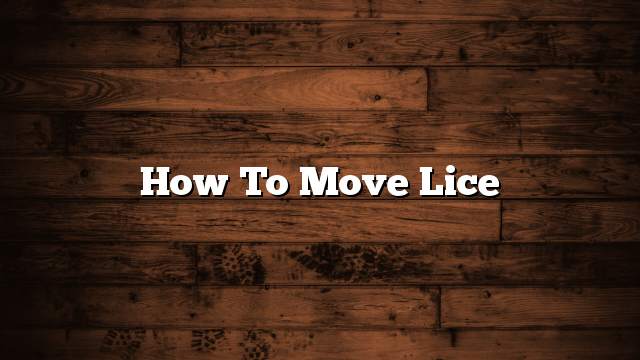Lice transmission
Lice has a tremendous speed of infection and spread from person to person, and can be transmitted through the following:
- Lice move through contact from head to head.
- Lice can be transmitted among children who share the same clothing, hats and bedspreads.
- Lice move through the use of comb or brush the hair of others.
- Lice move in more crowded places, such as schools, childcare centers, and sports clubs.
- Head lesions are not limited to dirtyness and lack of cleanliness. All types of hair are lice, regardless of length and condition.
- Pets like cats, dogs, etc. do not play a role in the transmission of lice.
Types of lice diffuse
Lice are spread among humans and have three types:
- Head lice: This type is found in hair, especially on the back of the neck and behind the ears, which is common among primary school children.
- Lice pubic lice: This type is also called cancers, and is found in the pubic area, as can be found on facial hair, eyelashes, eyebrows, or under the armpits, and scarce on the scalp.
- Body lice: Live and lay eggs between layers of clothing, and depends on the food on the human body.
Symptoms of lice infestation
A person with lice has the following symptoms:
- Itching is one of the most common symptoms, which occur as a result of allergies from lice.
- The feeling of tingling due to the movement of lice in the head.
- Infection and difficulty sleeping.
- Head lesions due to itching.
- Some people are allergic to head lice bites, but others do not have any allergies; they can get lice and go without them.
Facts About Lice
Among the known facts about lice:
- Lice move easily on the head hair, at a rate of 23 cm per minute.
- Do not fly lice or jump.
- Lice feed on human blood.
- Females lice six eggs a day.
- Live head lice for 3-4 weeks.
- Lice resistance is increasing for some traditional medicines.
